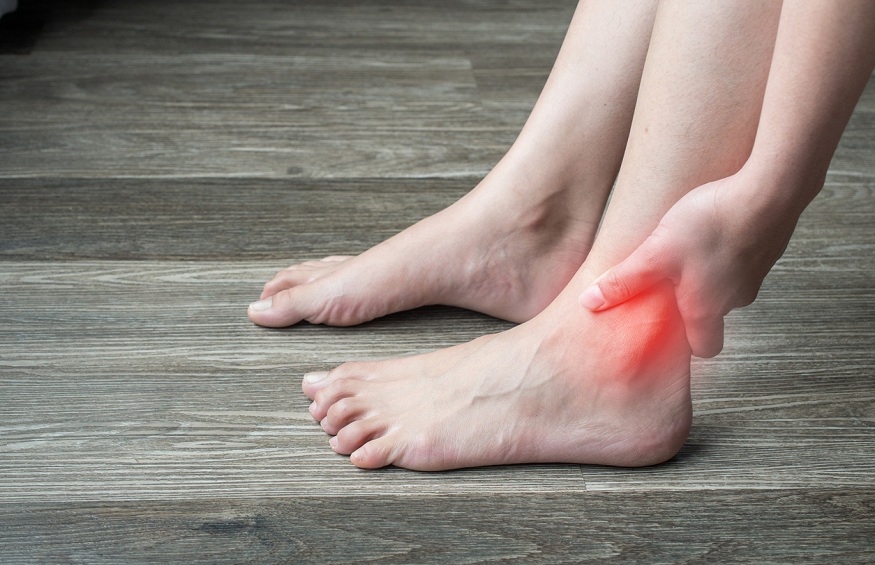A Guide to Podiatry in Singapore
3 min read
Podiatry is the study, diagnosis, and treatment of foot and lower limb problems. Complex structural and biomechanical difficulties, sports injuries, ingrown toenails, acute illnesses such as diabetic foot ulcers, and various other ailments are among the disorders covered. Podiatrists serve patients of all ages.
Qualifications
In Singapore, podiatrists must hold a podiatry degree from a recognised university. Most podiatrists in Singapore are trained in Australia or the United Kingdom. Singapore’s universities do not presently offer a podiatry programme.
Services
Podiatrists provide a variety of services that help heal or improve a variety of foot issues. Following a diagnosis, a podiatrist will create a treatment plan based on the best available evidence tailored to each patient’s specific needs.
Treatments can take several kinds. Some issues are rapidly cured, while others need a series of consultations and follow-ups. Almost every treatment plan is a collaborative effort between a podiatrist and a patient to keep the issue from deteriorating or recurring. This involves adequate stretching and strengthening exercises for individuals with musculoskeletal foot disorders (for example, plantar fasciitis), wearing appropriate footwear, off-loading pressure points, and maintaining excellent foot hygiene.
Areas of Treatment
Orthoses
Orthoses, also known as insoles or orthotics, are devices worn inside a shoe to assist in managing a patient’s foot problem. They are designed for people suffering from a variety of musculoskeletal disorders. Some orthoses are meant for general comfort and support, while others are custom-made and constructed to treat complicated foot ailments. These orthoses are designed to rectify structural flaws and redistribute aberrant stresses on the foot when it makes contact with the ground within the shoe. Orthoses are created for patients who need functional control over their foot condition or generous support to keep the foot in a good posture and lessen or avoid foot discomfort.
Management of Lower Limb Ulcers
Podiatrists can assist with the management of foot ulcers and wound care. Foot ulcers can occur for various causes, the most common of which are aberrant foot anatomy, a lack of blood flow, and/or a loss of feeling in the feet. Both feet are frequently affected, and both diseases have been prevalent in patients with diabetes for a long time. In addition, lower limb vascular supply and neurological condition can be assessed using podiatric equipment. Podiatrists can also advise on the best wound dressings.
Regular Foot Care (Skin and Nail Care)
Podiatrists diagnose and treat symptomatic or chronic foot skin and nail disorders such as corns, calluses, warts, ingrown toenails, and fungal nail infections. Podiatrists can also teach patients how to better treat or avoid future issues.
Nail Surgery
A toenail can sometimes pierce the skin on one or both sides. This is frequently caused by improper cutting techniques or toe damage. When an ingrown toenail becomes lodged, it can cause discomfort, swelling, and infection in the toe. In addition, toenail discomfort can be caused by malformed and thickened nails. In both circumstances, podiatrists can permanently remove the troublesome part of the nail or the entire nail with a modest nail surgery treatment done under local anaesthetic. Hospitalisation is not needed, and recovery is typically swift and uncomplicated.







